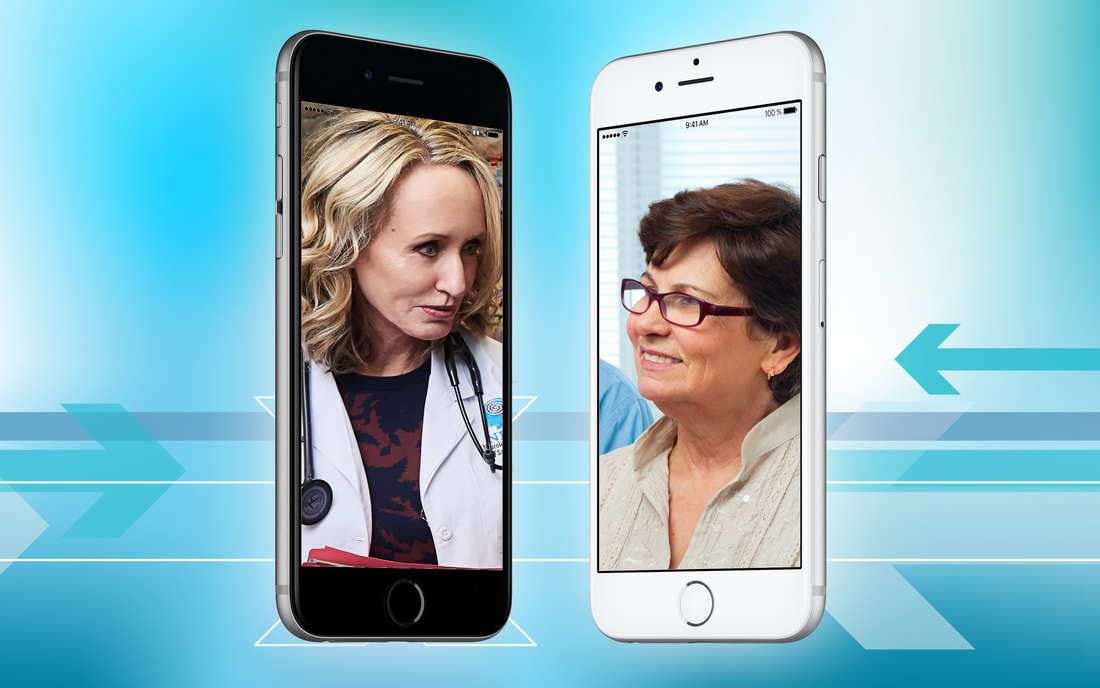|
I recently read a compelling opinion piece in JAMA Network written by an oncologist who spoke to the current times in which we, practitioners and patients alike, live and to which we must adjust. It is not necessarily an easy adjustment or one that has come without compromise and maybe even some sacrifice. While ours is a practice that even before Covid 19 had traditionally offered the option of remote follow-up visits, we have always scheduled in-office consultations for first-time visits. That meant some of our neurology patients did travel, even long distances, to come in for a full workup, labs and commensurate discussions. While we have been able to carry on or resume in-person services based on individual health needs and circumstances, we and many colleagues are also seeing far more people via what seems like the convenience of our phones or tablets and computers. Although these devices originally may have been just that – a convenience – perhaps now they’ve become a necessity is where the problems lie.
For many in our profession, telehealth was not necessarily a regular feature of their practice. Of course, every doctor has had the ability to call and talk to a patient for whatever reason. Fortunately the benefit of technology today, while still imperfect, does make communication on some level more accessible. Yet, we can’t replace seeing our patients in person and in real life with an image on a phone or laptop screen. Or just listening to the voice on the other end of a call when video isn’t possible. Our office and exam rooms, like other physicians’, were designed to encourage communication and interaction, to make it professionally and personally viable for our patients to express their concerns, ask questions, and just engage without the distraction of life as they know it outside those doors. Now these interactions may be intertwined with household disruption or other background noise, “dropped calls”, or even just coping with the initial strangeness of these circumstances that may be more difficult for some in light of their own personalities or discomfort with the process. But we must carry on and so we will. And we must understand and do what we can to make our patients as comfortable with these processes as is humanly possible. Even if we are not entirely comfortable ourselves; after all, we are only human too. In the history of medicine we’ve always conquered obstacles, found cures, learned new ways of treating old diseases and continued to be committed to the highest level of patient care. These events cannot be any different. We may not like being physically removed from the people we took an oath to serve. Yet we can find the means to communicate and to convey that above all else, we are here and we care just as much about their wellbeing, physically and mentally, as we have always done. In the end, no one really minds the mess in someone’s kitchen, a few hairs out of place, or the din of someone’s life. And perhaps, by experiencing this with our patients and catching a glimpse of their real life, as they may catch one of ours, we will come out of all this more connected than before. At least, that is our hope and our goal. Yours in healing, Dr. Suzanne Gazda
1 Comment
Lisa M. Byington, CMP
7/7/2020 11:07:14 am
Maya and Ella have always been your kind and gentle nurses!
Reply
Your comment will be posted after it is approved.
Leave a Reply. |
AuthorDr. Suzanne Gazda, Integrative Neurology Archives
February 2024
Categories |

 RSS Feed
RSS Feed